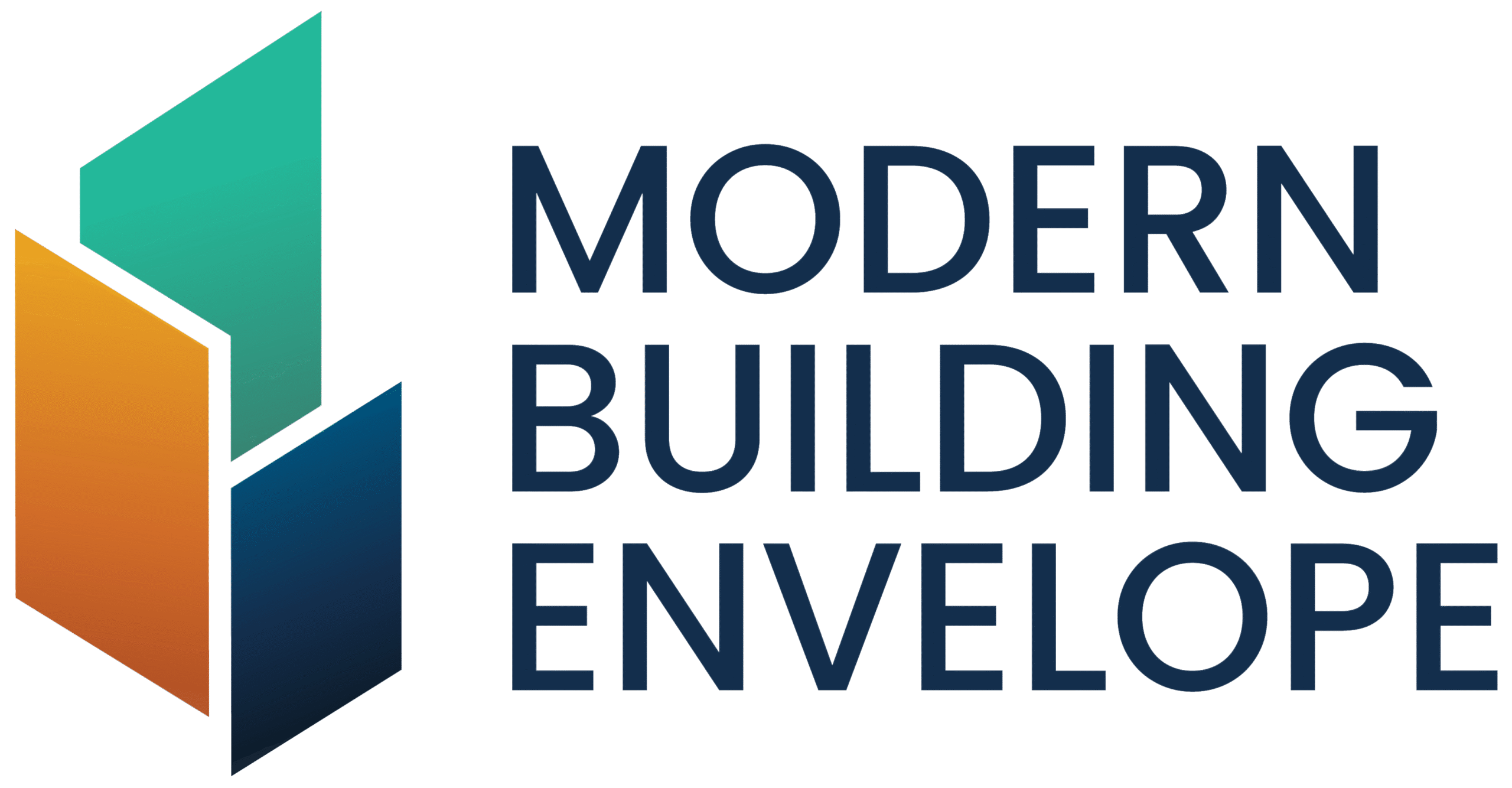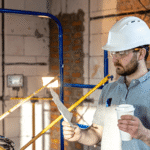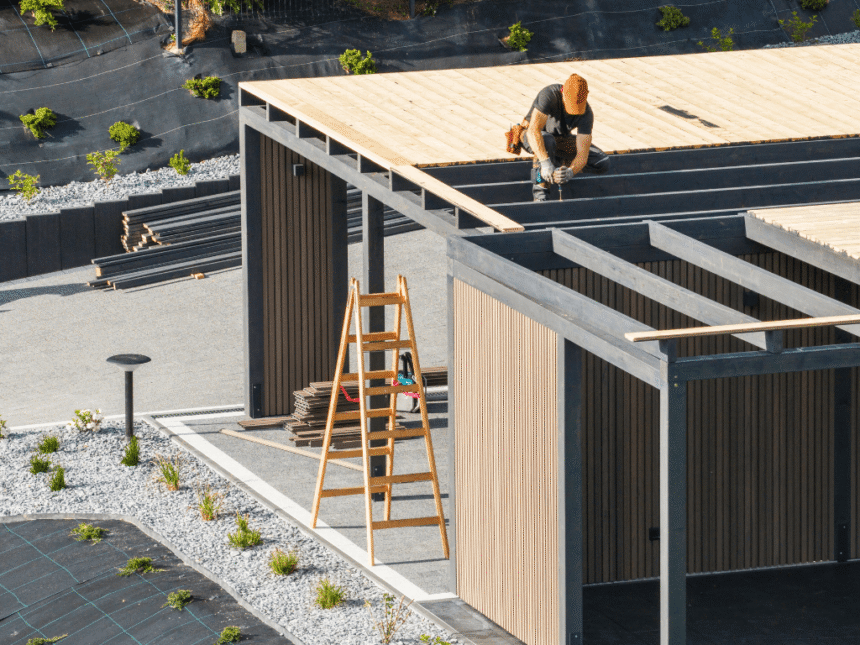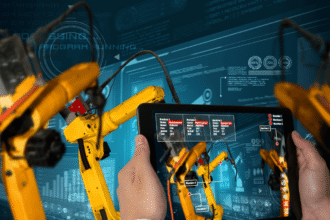The construction industry is changing faster than ever before. With rising costs, labor shortages, and a growing focus on sustainability, prefabrication has emerged as a key driver of modern building efficiency. Once viewed as a niche process, it has evolved into a cutting-edge solution reshaping how buildings are designed, produced, and assembled.
Why Prefabrication Is Gaining Momentum
Prefabrication, or “off-site construction,” involves assembling components in a controlled environment before transporting them to the site for installation. This process reduces material waste, improves safety, and accelerates project delivery.
For developers and architects, the real appeal lies in precision. Factory-controlled production ensures consistent quality while minimizing human error. In large-scale commercial and residential projects, this consistency translates directly into time and cost savings.
Key Advantages of Prefabricated Construction
1. Faster Project Timelines
Traditional construction often faces delays due to weather, labor, or supply chain issues. Prefabricated components are built off-site while site work continues simultaneously, cutting total project time by up to 50 percent.
2. Improved Sustainability
Factories use materials more efficiently than job sites. Scrap can be reused or recycled, and transportation is optimized to reduce emissions. Many prefabricated systems now incorporate eco-friendly materials that meet green building standards.
3. Cost Control and Predictability
With prefabrication, much of the budgeting is done upfront. Predictable production schedules and reduced on-site labor mean fewer financial surprises. Developers benefit from consistent pricing and reduced overhead.
4. Enhanced Safety and Quality
Working in a factory environment eliminates many on-site hazards. Teams operate with specialized equipment, stable conditions, and strict quality checks. This leads to fewer accidents and better-built structures.
5. Design Flexibility
Modern prefabrication no longer limits creativity. Using advanced 3D modeling, architects can customize façade panels, interior modules, and MEP systems while maintaining design integrity. Prefab doesn’t mean plain it means precise.
Technology Powering the Prefab Revolution
Digital tools have accelerated prefabrication’s evolution. Building Information Modeling (BIM) allows architects and engineers to coordinate seamlessly before production begins.
Robotics and automated machinery enable mass customization, while AI-driven logistics optimize transportation and installation.
Some systems even integrate with Internet of Things (IoT) sensors, allowing real-time tracking of components from factory to site ensuring total transparency throughout the supply chain.
Applications Across Building Types
From healthcare facilities to high-rise towers, prefabrication adapts to nearly any project. Modular hospital rooms, hotel suites, and classroom pods are manufactured to exact specifications and installed within days.
In commercial buildings, prefabricated curtain walls and mechanical systems have become standard practice for accelerating construction without compromising aesthetics.
The Future of Prefabricatio
As cities grow and sustainability targets tighten, the future points to even more integration between design, manufacturing, and construction.
Next-generation prefabrication will blend automation, robotics, and data-driven production to deliver buildings that are faster to construct, more efficient to operate, and easier to maintain.
For modern developers, prefabrication is not just an alternative it is the blueprint for the future of construction.
Image Credits: Freepik












